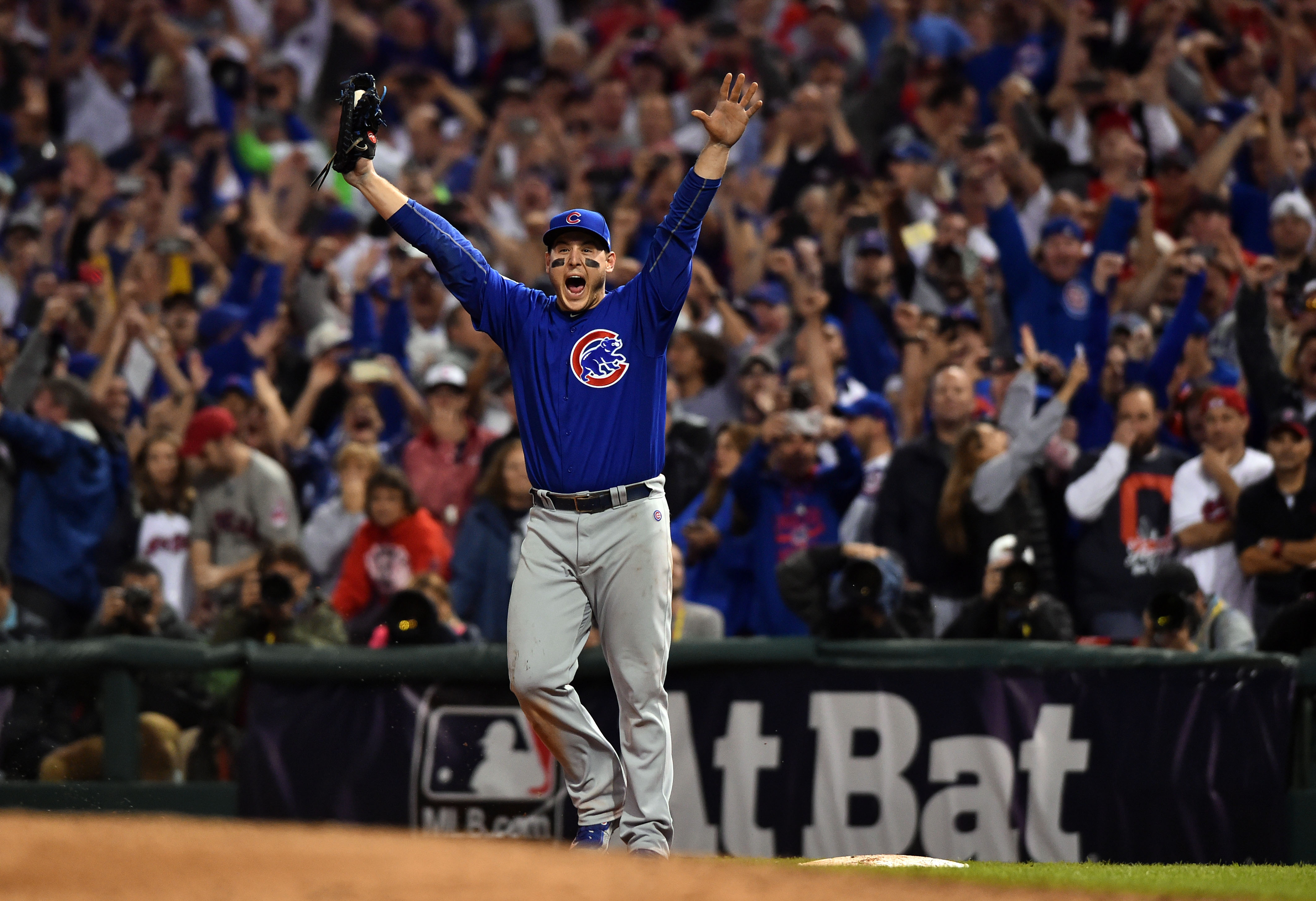This piece, written by Baseball Prospectus’s Editor-in-Chief Aaron Gleeman, forms part of the main site’s comprehensive coverage of the postseason, “Playoff Prospectus”.
Baseball’s regular season is often described as a marathon. Six months of nearly uninterrupted, daily competition during which a single win or loss–or even a few of them consecutively–barely registers as noteworthy within the context of a 162-game schedule. It’s part of the sport’s charm, as games feel more like daily rituals than special events. And then the postseason arrives and that entire perspective shifts. Each game suddenly takes on huge importance and each win or loss is analyzed within an inch of its life. That, too, is part of the sport’s charm–to spend so long leisurely cruising down a road only to realize it was a runway and you’re airborne.
Under the current MLB postseason setup the maximum number of games a team can play is 20. This season the Cubs and the Indians played 17 and 15 games, respectively, so their collective postseasons were 10 percent as long as their regular seasons. By comparison, last year’s NBA finalists, the Cavaliers and the Warriors, played 28 percent as many postseason games as regular season games. In the NFL, the Super Bowl teams will have played either 19 or 25 percent as many postseason games as regular season games. Baseball’s regular season is a marathon and then its postseason becomes a relative sprint.
Not surprisingly, the team with the best record over the course of 162 games often is not left standing at the end of the postseason. Many fans have a difficult time reconciling that, myself included, although I’ve come to appreciate that the postseason madness is separate from the regular season routine, like a sweet one-bite dessert following a savory five-course meal. On a basic level, there’s little doubt that whatever is proven about a team–good or bad–over the course of a six-month, 162-game regular season is not the same as what’s proven in the postseason. You might see that difference as a positive or as a negative depending on your point of view, but it’s a difference.
Variance and luck rule the postseason, which is no knock on the team’s that thrive in what is a dramatically reduced sample of games. Another big factor is that the personnel and approach that makes a team great in a 162-game daily grind may not be the same as what makes a team great in the playoffs. Lineups built on a particular strength–speed or patience or power–can be neutralized by a specific opponent, and a staff stacked with lefties or righties can make runs dry up in a hurry. Rotation depth is of the utmost importance from April to September, but plenty of teams have ridden a three-man rotation–or in the Indians’ case this year, one great starter and two great relievers–deep into October.
All of which is a long way of saying that the “best” team in the regular season is frequently not the “best” team in the postseason, because the task at hand is not the same. And even if it were the same, cutting the sample by 90 percent would change the results anyway. Most of the time, at least. Once in awhile a deep, talented team crosses the finish line of the 162-game marathon well ahead of everyone else and then, just for good measure, out-sprints everyone else too. It’s those teams that are remembered as the all-time greats while other, non-title teams with gaudy regular-season win totals are reduced to secondary status.
To read the rest of this piece, head on over to the main site.
Photo courtesy of Ken Blaze—USA Today Sports
